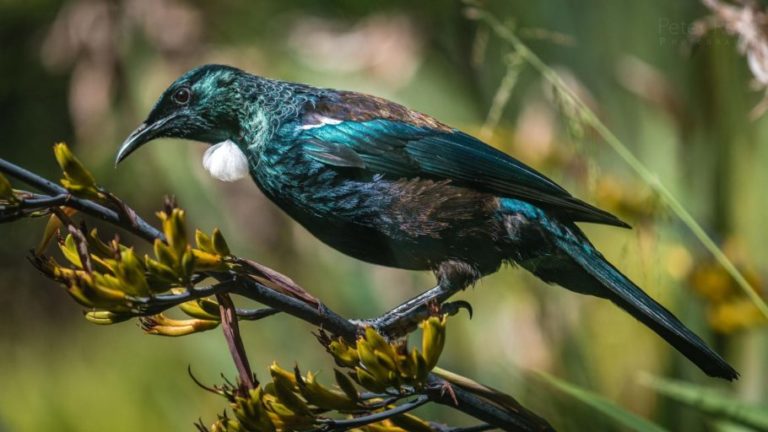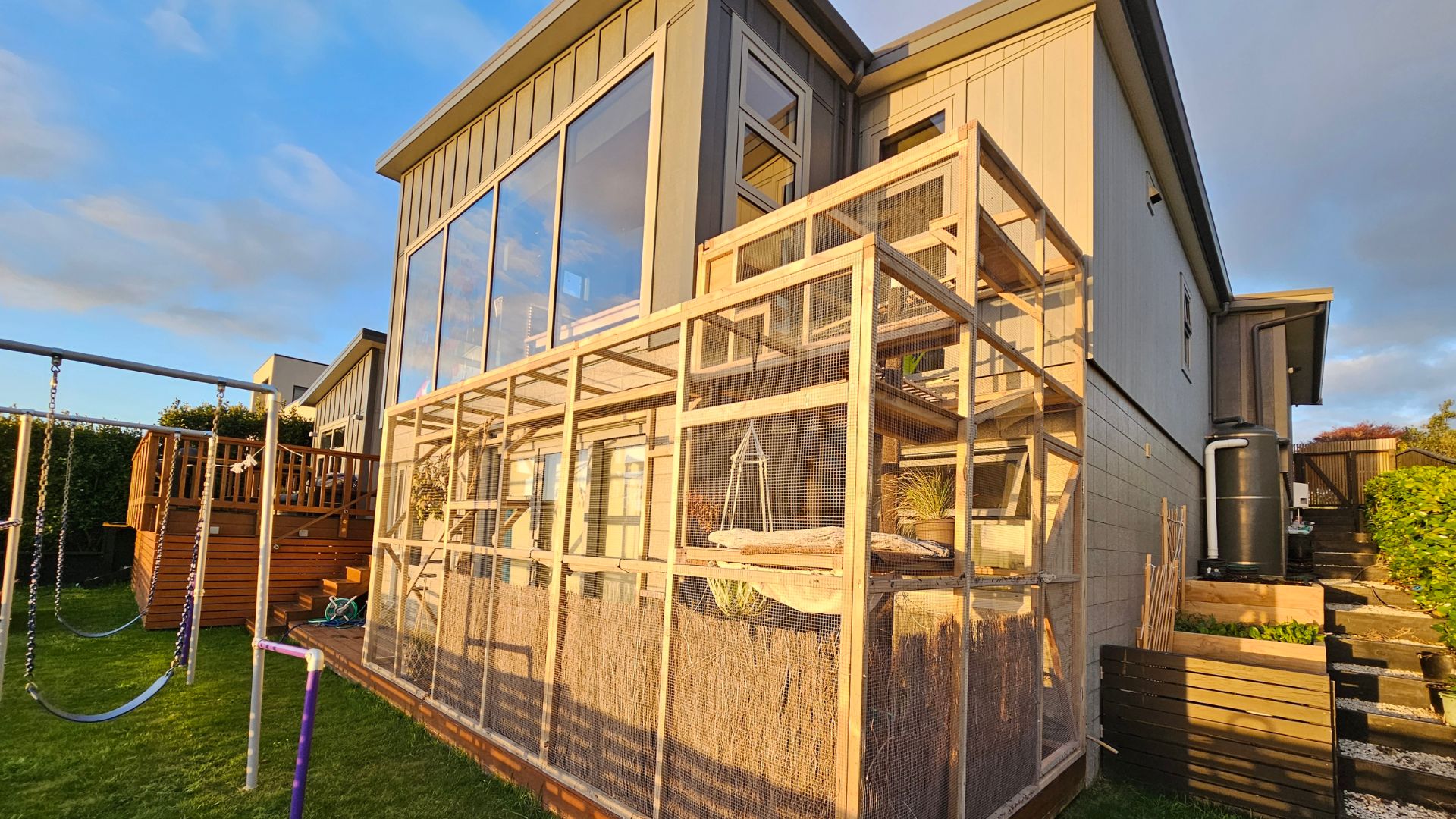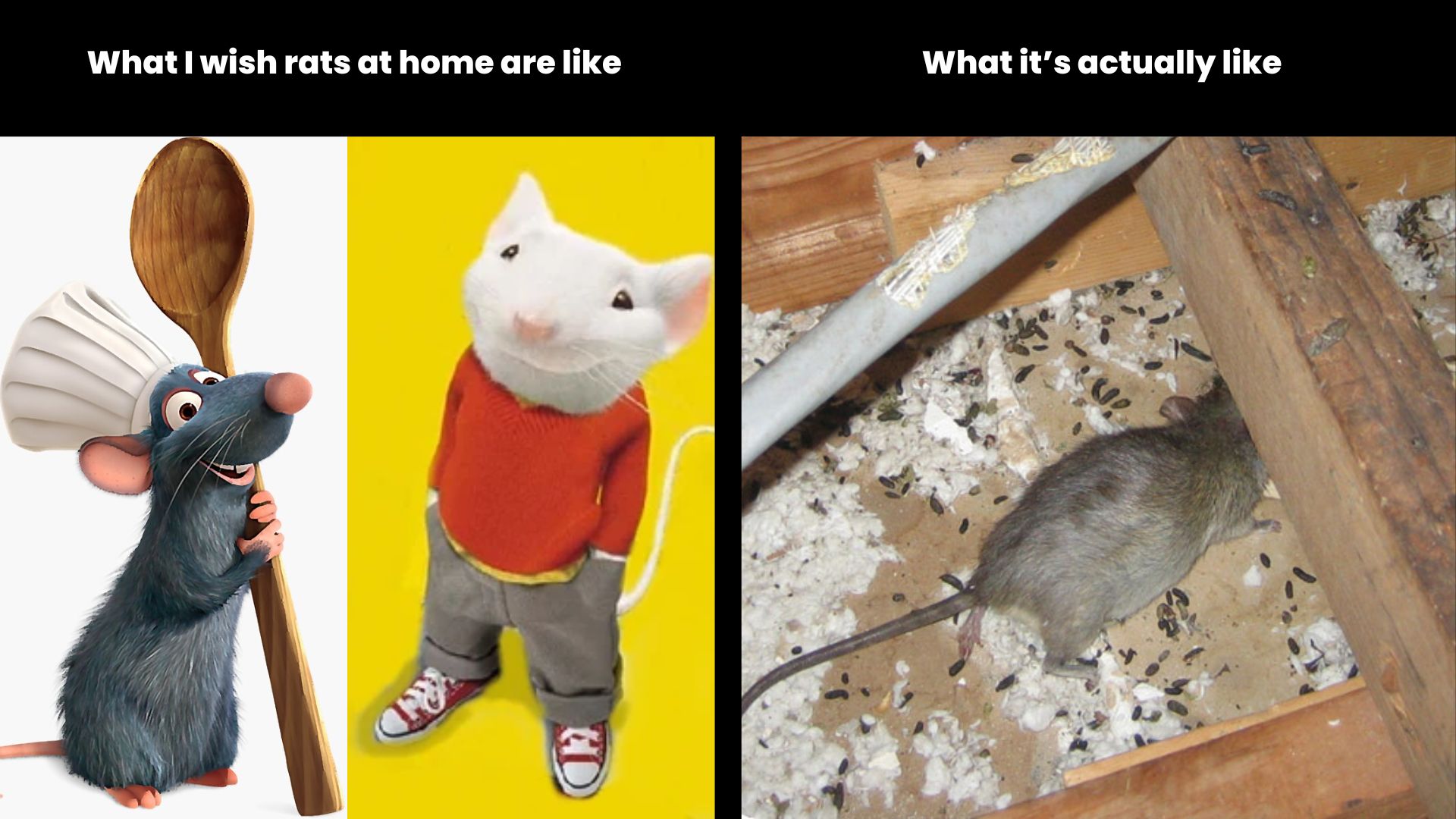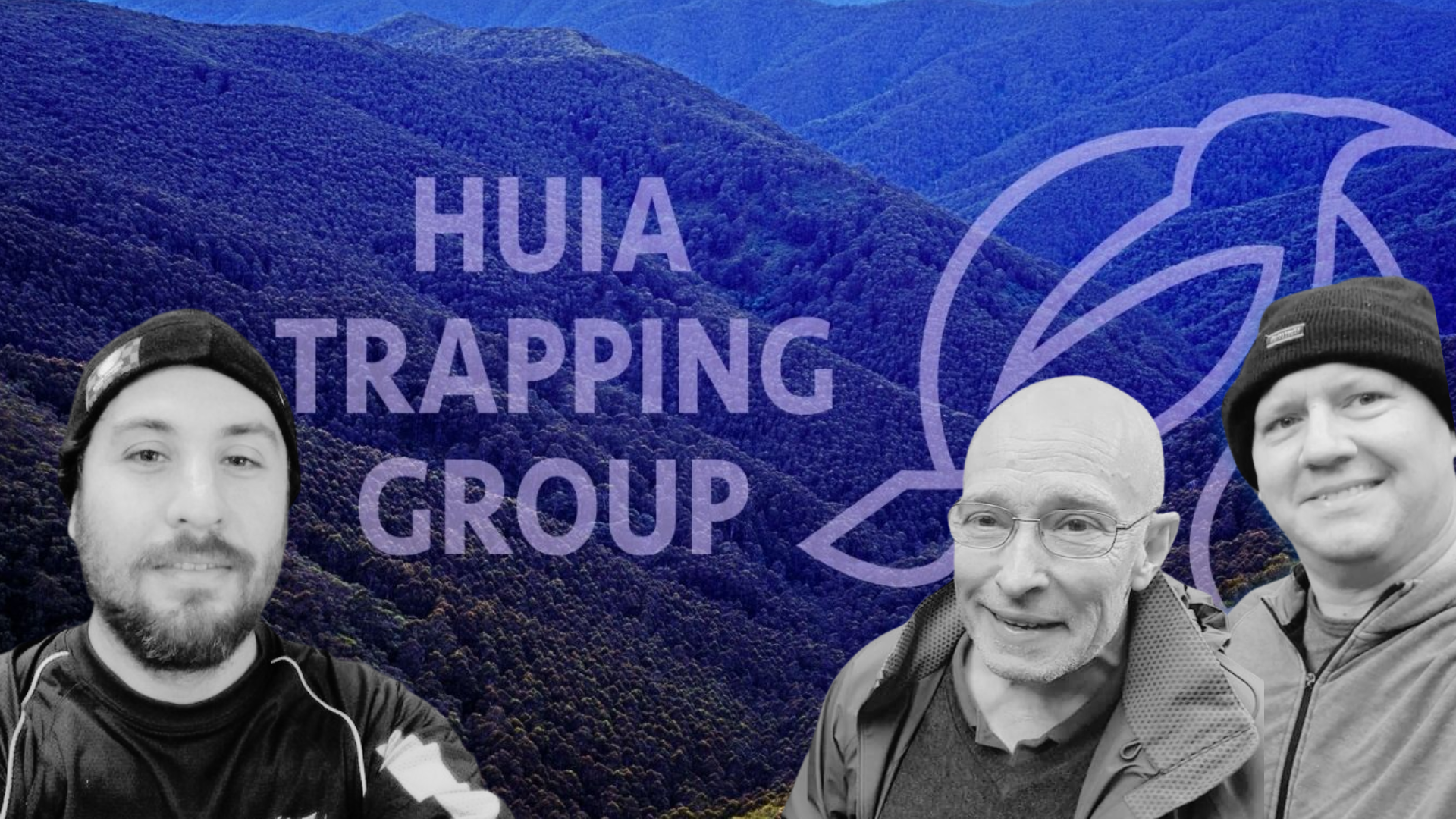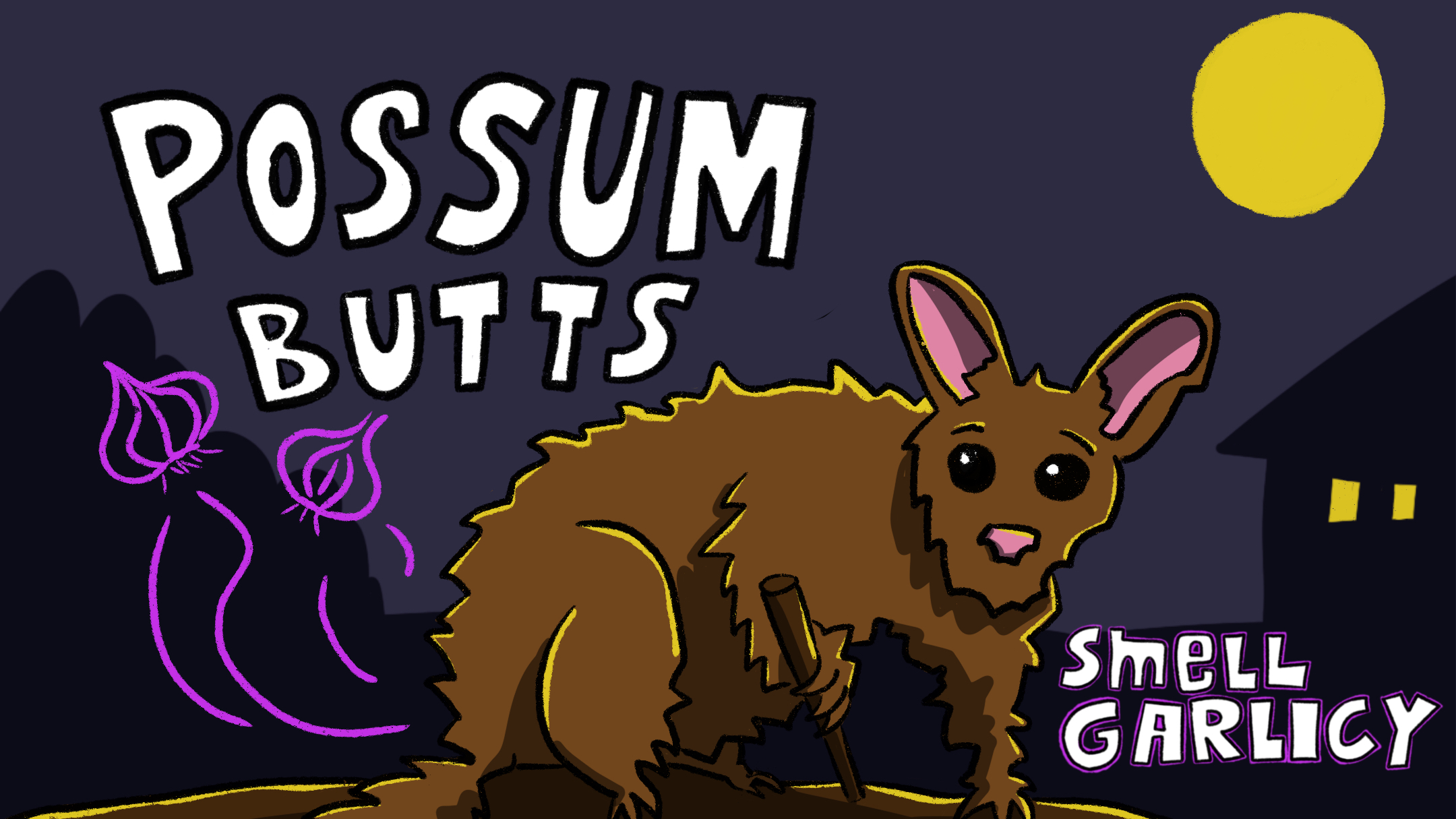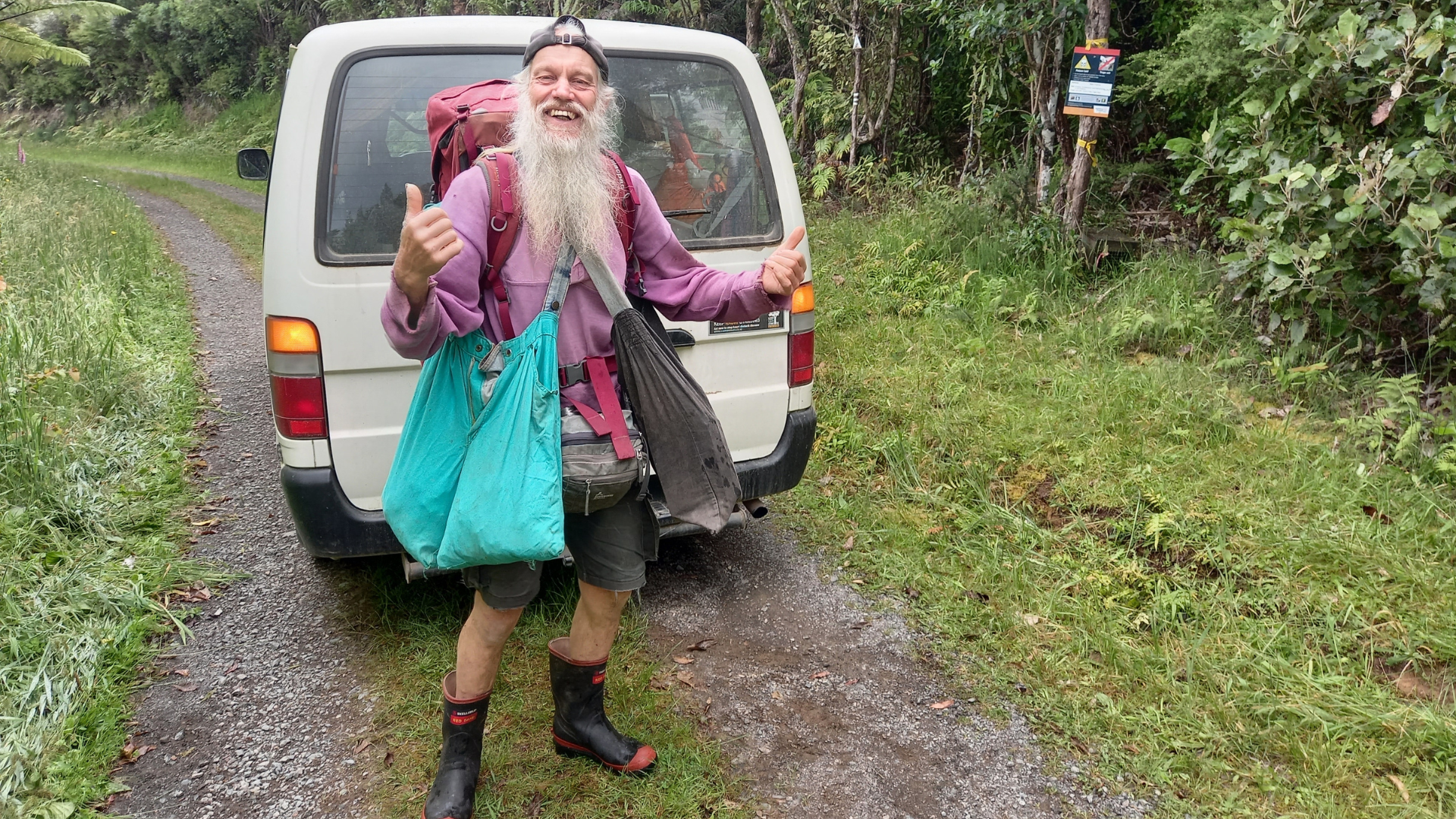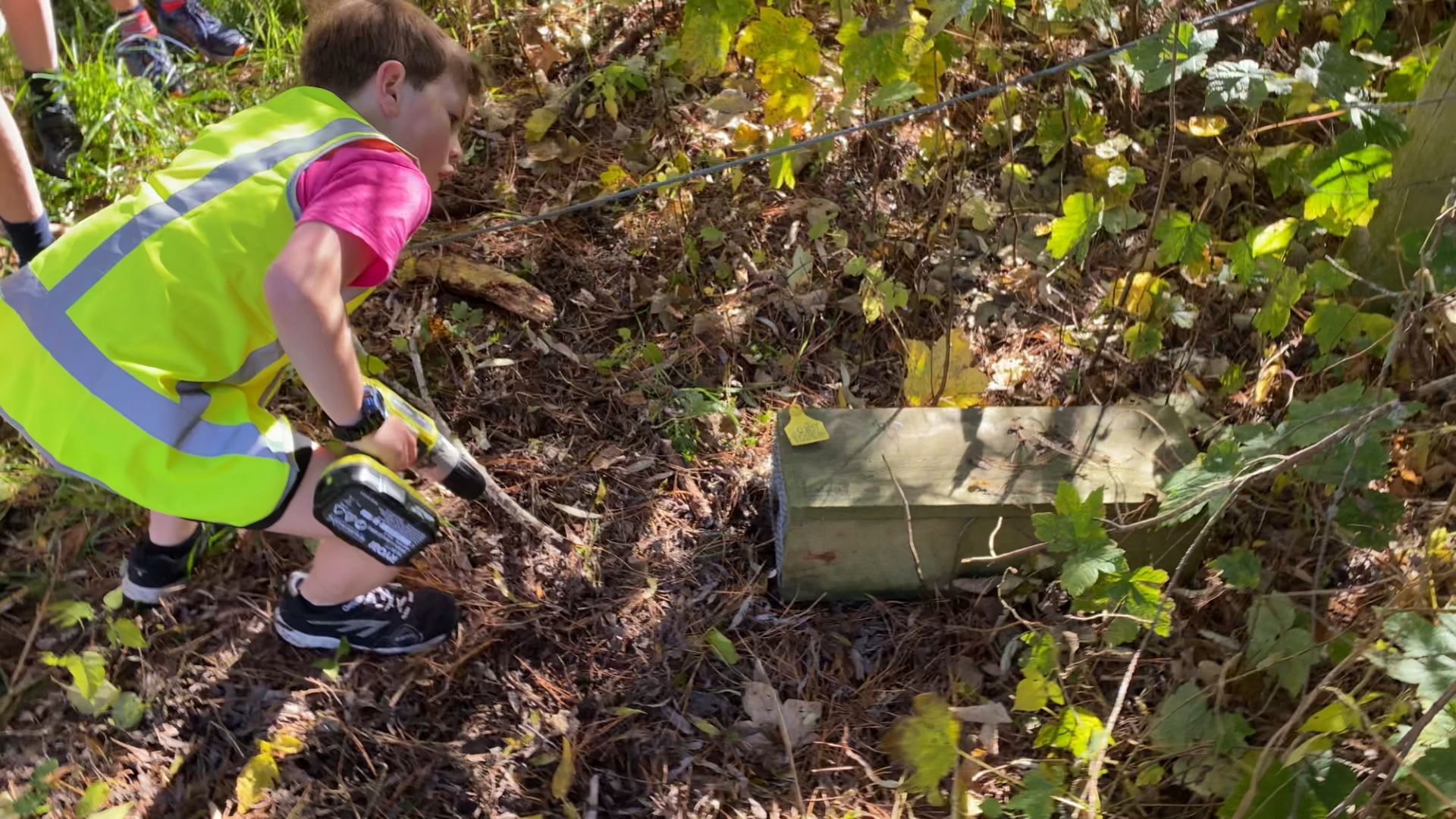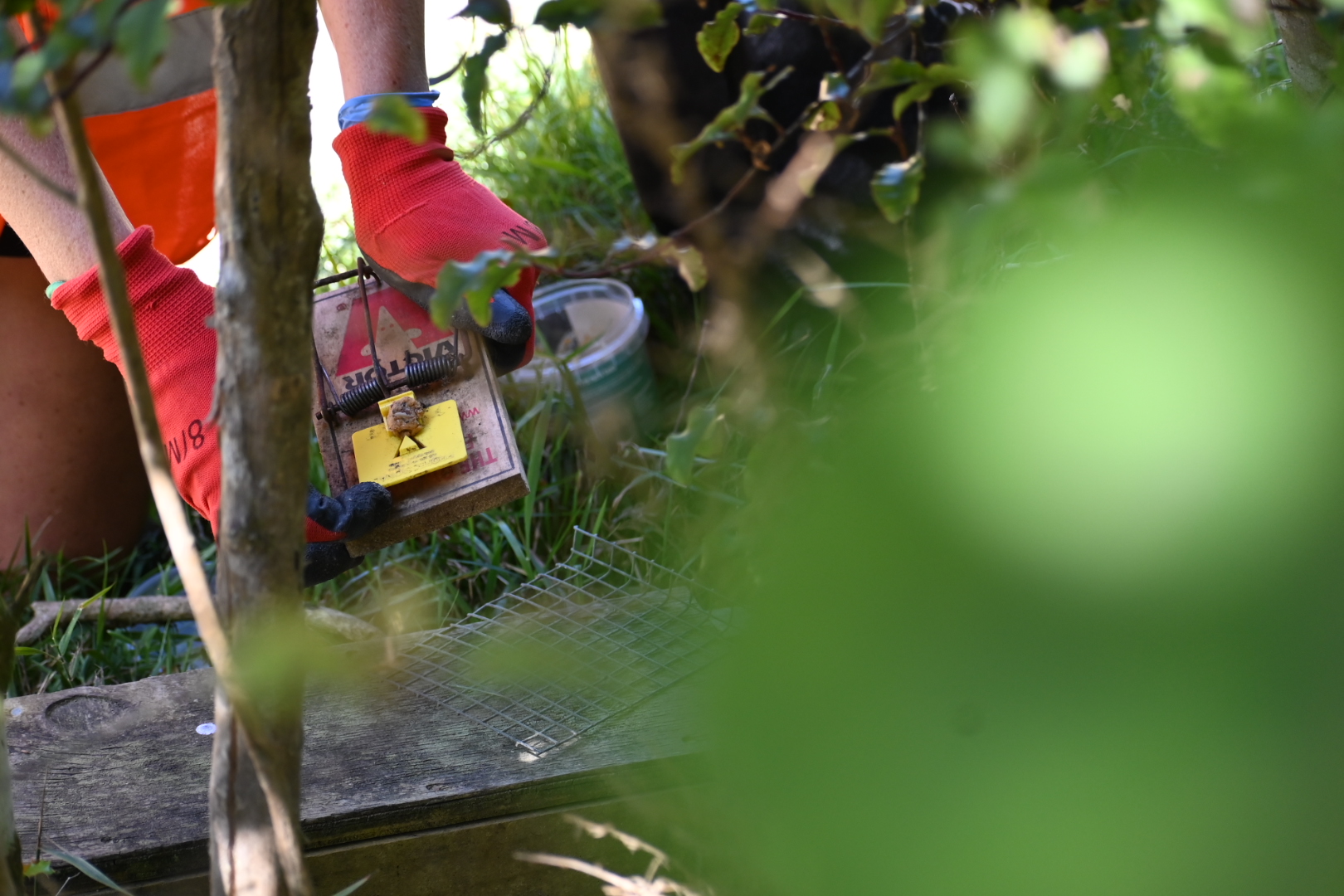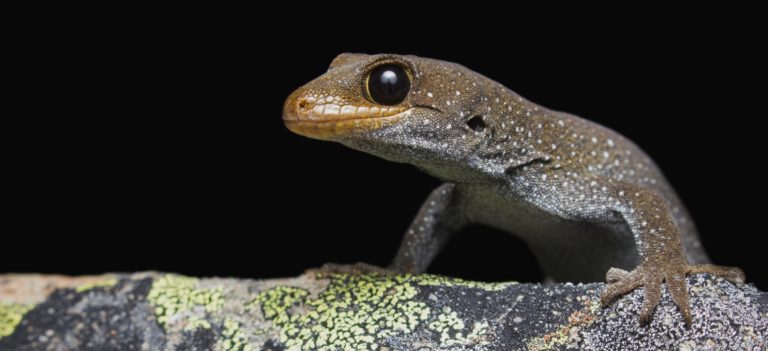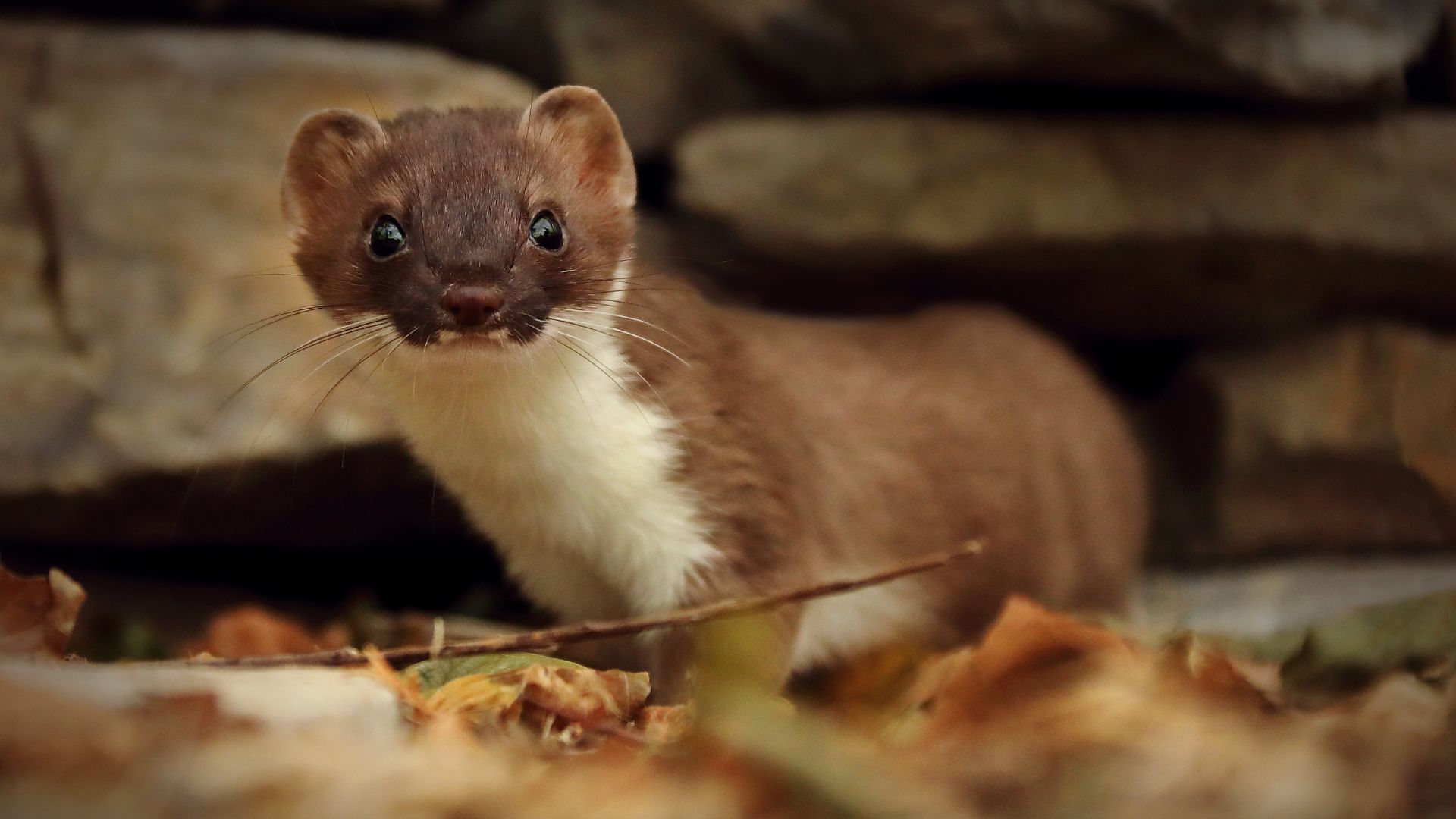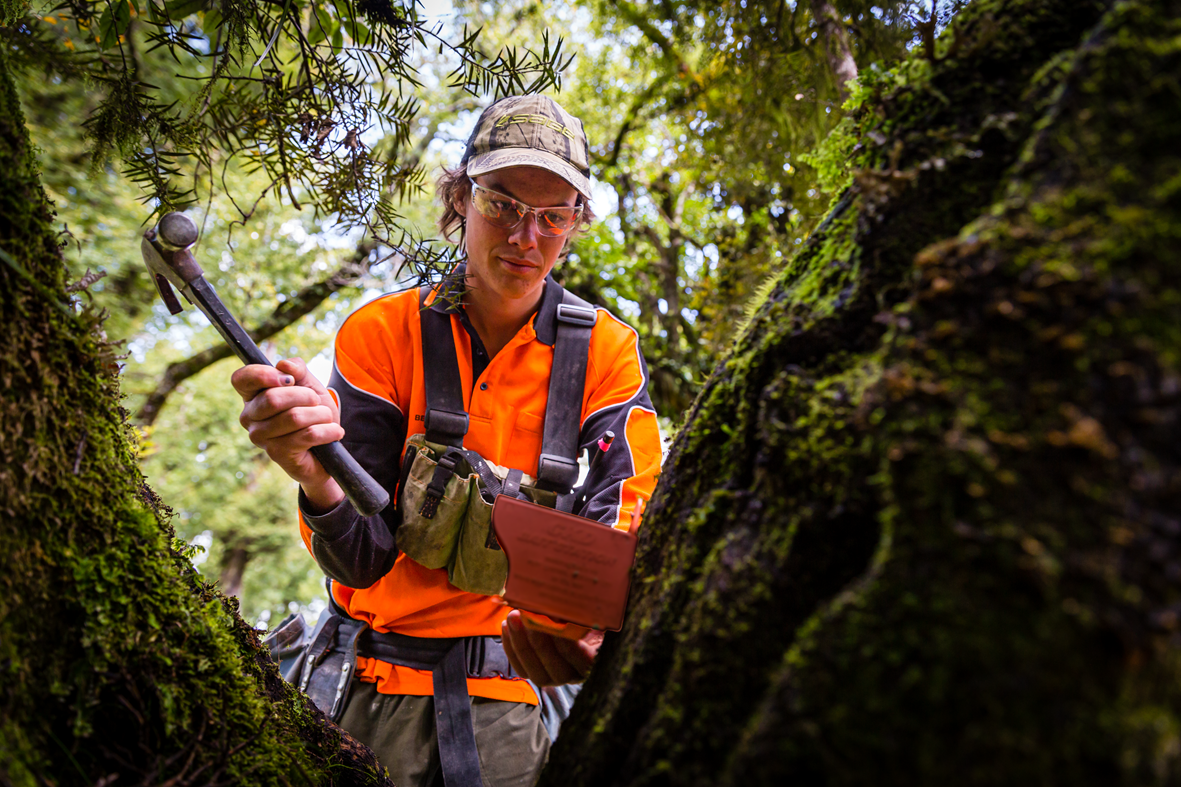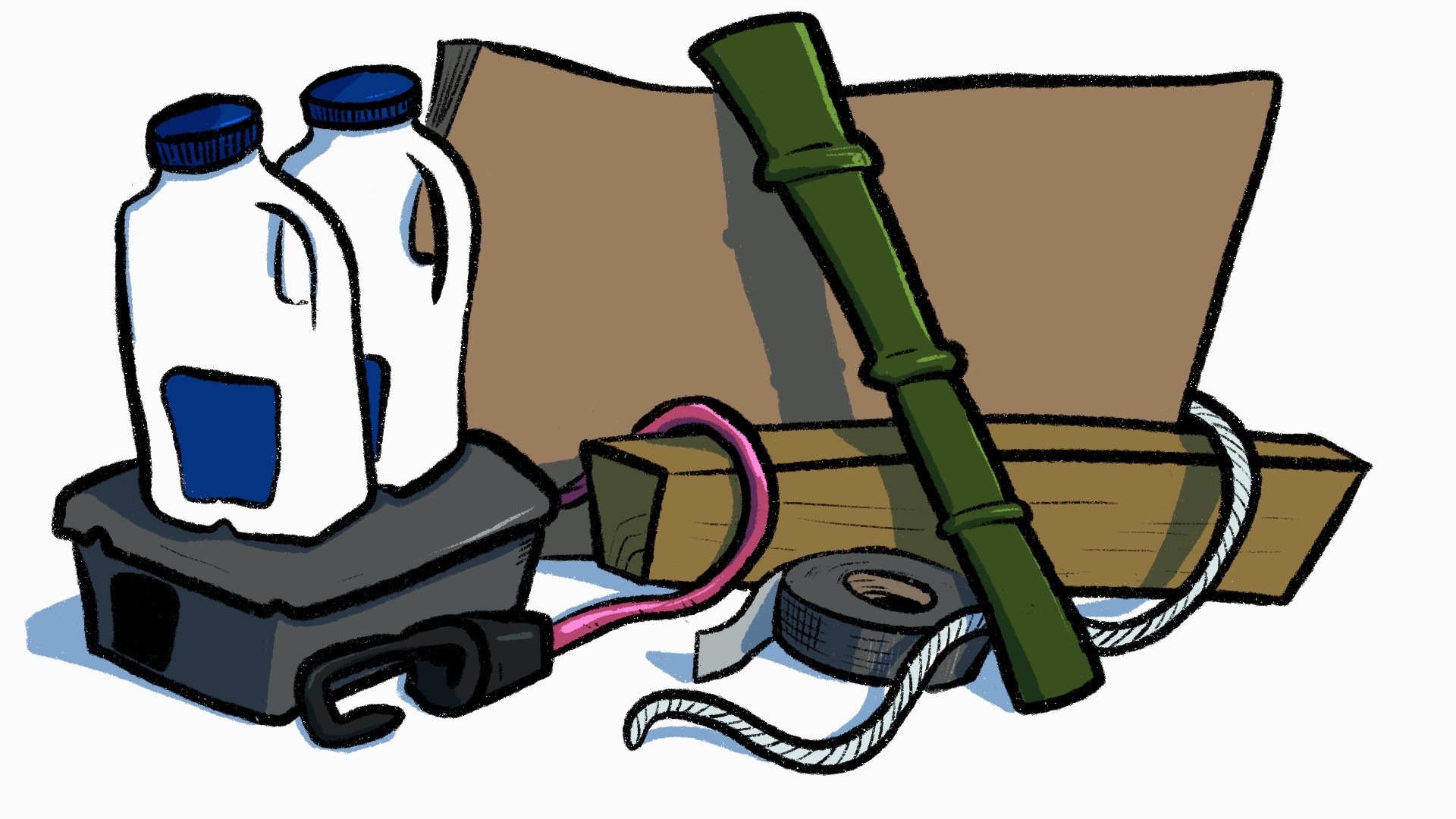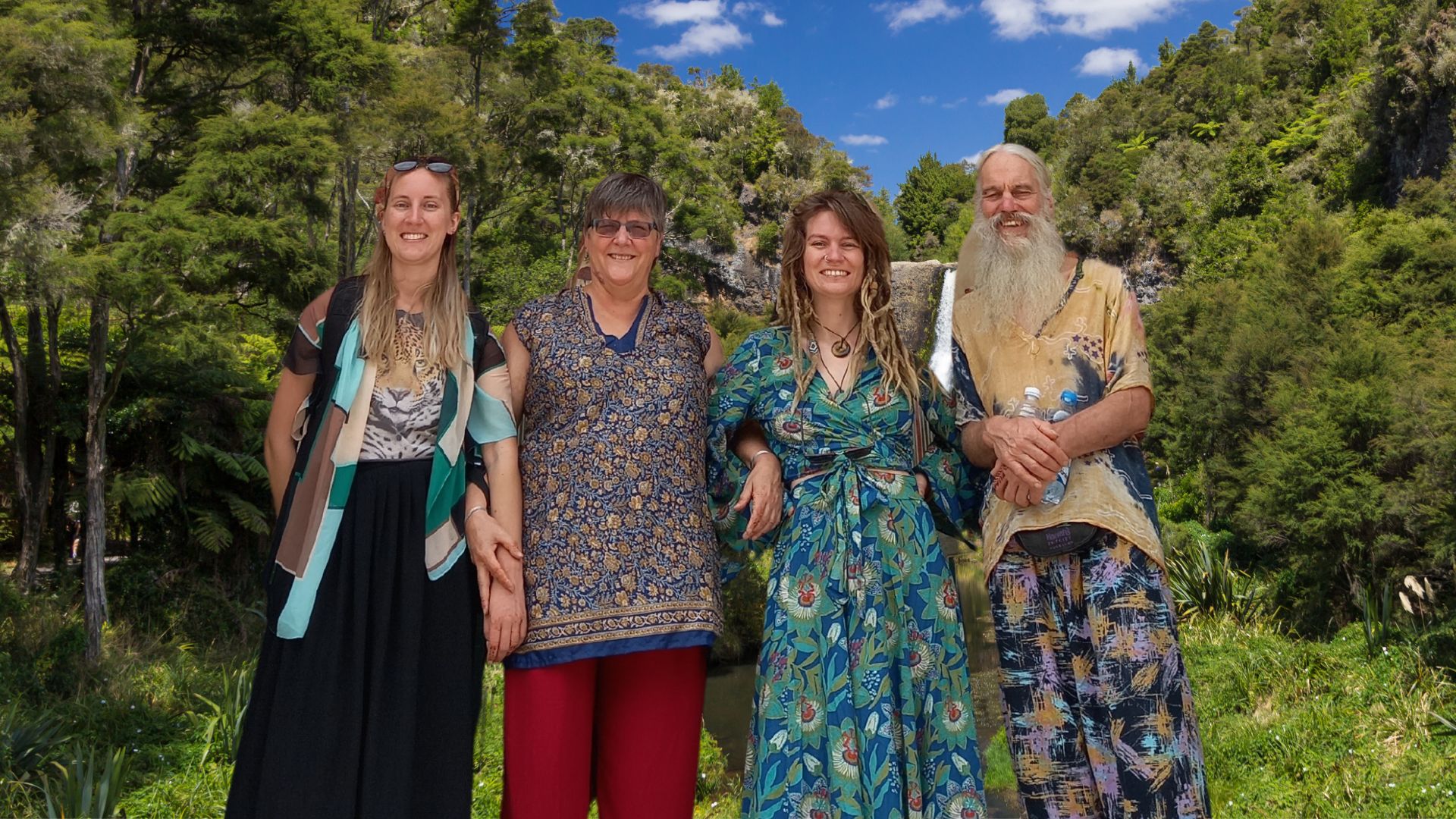Other articles tagged with Ecology
If our native birds were gardeners, what would they plant?
No matter how small, you can always make your backyard more attractive to native birdlife by providing food, water, shelter, and nesting places/materials.
Grand designs: 5 cool catios that will make your cat jealous
These catios are impressive, but there are heaps of ways to create a safe outdoor space, from affordable DIY to pre-made kits to custom-built options.
True cost: predators can damage your home and your wallet
When cold weather pushes rodents indoors, infestations happen. They cause damage by chewing everything. The good news? Owen Stobart says you can prevent it.
Fellowship of the trap: how an unlikely trio grew a trapping community
What do a mechanic, a cartoonist, and an oceanographer have in common?
Comic: Smelly predator science
Possum butts smell garlicy. Research suggests that predator-emitted volatile organic compounds could be used for predator monitoring.
Wild at heart: the untold story of conservationist Willow van Heugten
Threatened species benefit from the adventures of this nature legend, who’d much rather be out in the field than interviewed.
Brainy, beautiful and beloved: so why are our kea disappearing?
Dubbed ‘the clever clowns of the Alps’, kea are much loved for their cheeky spirit and keen intelligence.
8-year-old on a mission to turn NZ into a bird sanctuary
Harry is proving that age is just a number when it comes to making a difference in the predator free movement.
Learning from the best: Q&A with Picton Dawn Chorus
Picton Dawn Chorus went from a few passionate residents with a dream to deploying a network of 3,500 traps. How did they do it, and what’s next?
On the rise: predator free awareness across Aotearoa
According to a new survey, the predator free movement is steadily gaining momentum, with nearly 40% of New Zealanders aware of the mission.
Tuatara aren’t lizards but here are 5 cool geckos that are
We may be a nation of bird nerds but our native geckos are noteworthy too! There are at least 44 species of native geckos, and more continue to be discovered.
Stoat personalities: unravelling the mystery of trap-evasion
Why do some stoats get caught in a trap, but others walk on by? Researchers have been diving deep into animal behaviour in an attempt to find out.
This is what happens when you invest in conservation careers
It was launched to create new jobs in the wake of COVID. But the Predator Free Apprentice Programme ended up doing so much more.
Number 8 wire: 5 low-tech predator control innovations
Move over MacGyver. Homegrown Kiwi innovation is doing so much for predator control, and it’s not just the big players with fancy products.
Keeping up with the van Heugtens: Auckland’s nature hero family
The van Heugten family isn’t just another household; they’re a powerhouse for nature, spanning generations.

